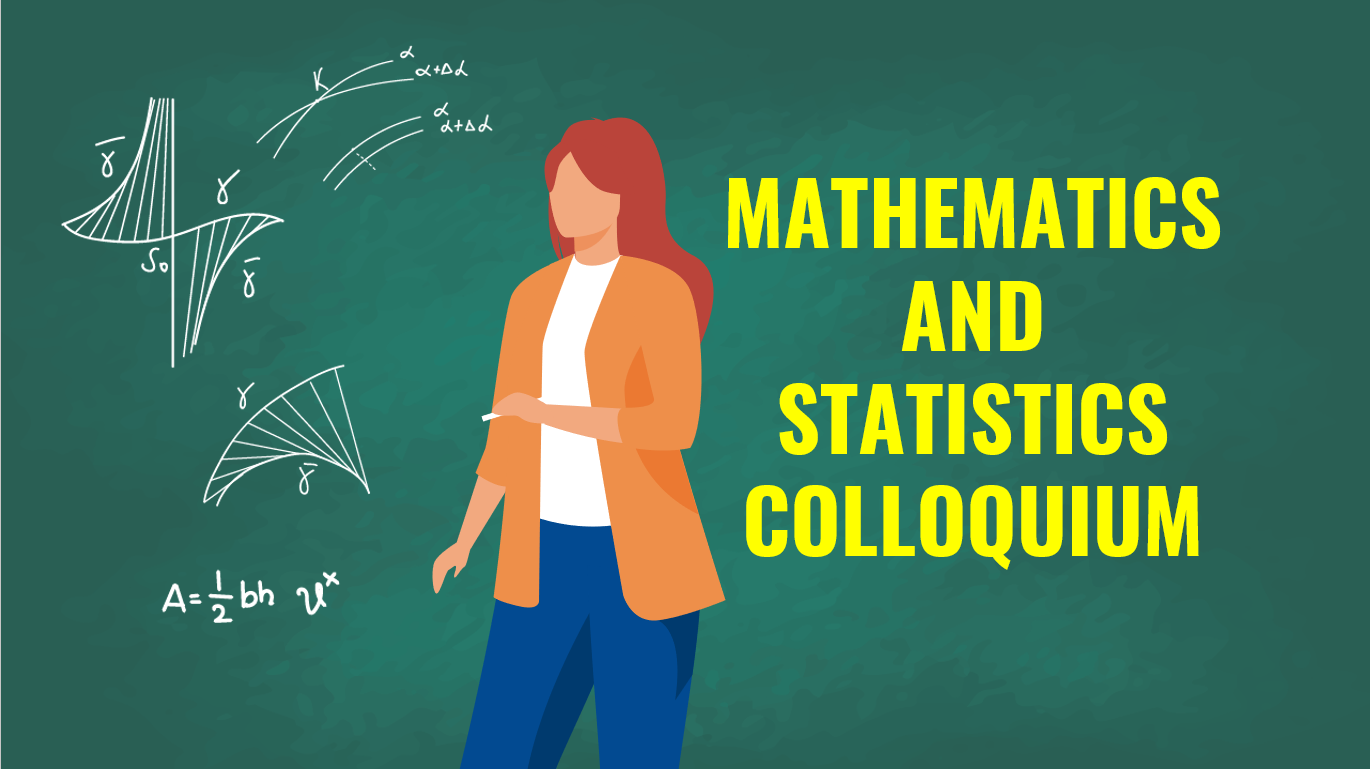Undergraduate Research Colloquium (Sep 12)

We are very happy to announce the first Undergraduate Research Colloquium this semester, where we will hear about exciting research by some of our students. (See information about the speakers and their topics below).
Before the talks, we will get together for some tea/coffee and snacks. Everyone is invited!
Time: Thursday, September 12, from 4 pm to 5pm
Location: IES 124
Time for tea/coffee break: 3:30 pm to 4pm. (just before the talks)
Location for tea/coffee break: BVM 5th floor reception.
The speakers this time will be:
Sarah Riaz: Using Permutations to Investigating the Waffle Puzzle.
The waffle puzzle is a Wordle-type puzzle game in which you are given all the letters to make 6 words on a 5x5 board and must rearrange them by swapping only two letters at a time. This research shows some methods for getting to the solution in the least amount of swaps once we have the solution state and the number of possible types of waffles and solutions to them.
Amanda Newton: Spins of Intermediate Mass Black Holes in Galactic Nuclei From Black Hole–Star Collisions.
In galactic nuclei, black holes (BHs) collide often with stars due to the high density and velocity dispersion in this environment. In these collisions, BHs accrete mass from the stars. Because of the frequent collisions, BHs may accrete large amounts of mass, and grow into larger BHs than when formed through star death alone. We study how BH spin changes in these collisions through a simulation in order to understand the relationship between spin change and mass change in these BH-star collisions.
Anurathi Madasi: Optical and Near-Infrared Searches for Gravitational Waves: Exploring Efficiencies
The Laser Interferometer Gravitational-Wave Observatory(LIGO) is able to detect ripples in spacetime caused by a binary black hole or binary neutron star mergers known as gravitational waves (GW). Some of these GW events can have an electromagnetic(EM) counterpart, which can be seen optically using a telescope. This is known as multi-messenger astronomy, and having multiple sources of the same event provides insight into what the object is, where it from, etc. In our project, we aimed to test the efficiency of the Zwicky Transient Facility(ZTF) at detecting kilonovae. We populate a skymap with kilonovae, and test how many kilonovae ZTF can detect compared to how many we simulated. We updated our code from simsurvey, which is no longer being maintained, to skysurvey.

We are very happy to announce the first Undergraduate Research Colloquium this semester, where we will hear about exciting research by some of our students. (See information about the speakers and their topics below).
Before the talks, we will get together for some tea/coffee and snacks. Everyone is invited!
Time: Thursday, September 12, from 4 pm to 5pm
Location: IES 124
Time for tea/coffee break: 3:30 pm to 4pm. (just before the talks)
Location for tea/coffee break: BVM 5th floor reception.
The speakers this time will be:
Sarah Riaz: Using Permutations to Investigating the Waffle Puzzle.
The waffle puzzle is a Wordle-type puzzle game in which you are given all the letters to make 6 words on a 5x5 board and must rearrange them by swapping only two letters at a time. This research shows some methods for getting to the solution in the least amount of swaps once we have the solution state and the number of possible types of waffles and solutions to them.
Amanda Newton: Spins of Intermediate Mass Black Holes in Galactic Nuclei From Black Hole–Star Collisions.
In galactic nuclei, black holes (BHs) collide often with stars due to the high density and velocity dispersion in this environment. In these collisions, BHs accrete mass from the stars. Because of the frequent collisions, BHs may accrete large amounts of mass, and grow into larger BHs than when formed through star death alone. We study how BH spin changes in these collisions through a simulation in order to understand the relationship between spin change and mass change in these BH-star collisions.
Anurathi Madasi: Optical and Near-Infrared Searches for Gravitational Waves: Exploring Efficiencies
The Laser Interferometer Gravitational-Wave Observatory(LIGO) is able to detect ripples in spacetime caused by a binary black hole or binary neutron star mergers known as gravitational waves (GW). Some of these GW events can have an electromagnetic(EM) counterpart, which can be seen optically using a telescope. This is known as multi-messenger astronomy, and having multiple sources of the same event provides insight into what the object is, where it from, etc. In our project, we aimed to test the efficiency of the Zwicky Transient Facility(ZTF) at detecting kilonovae. We populate a skymap with kilonovae, and test how many kilonovae ZTF can detect compared to how many we simulated. We updated our code from simsurvey, which is no longer being maintained, to skysurvey.
